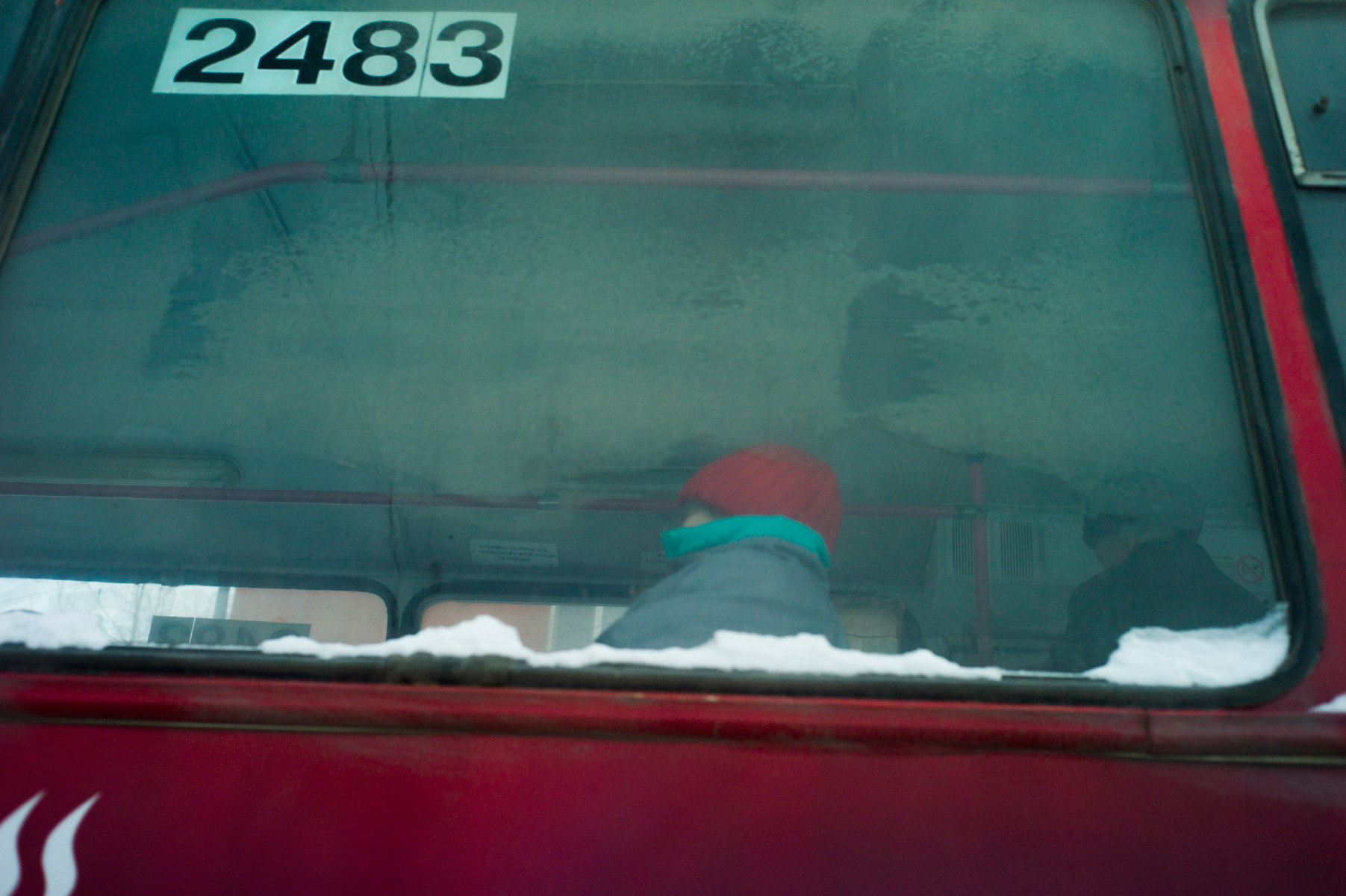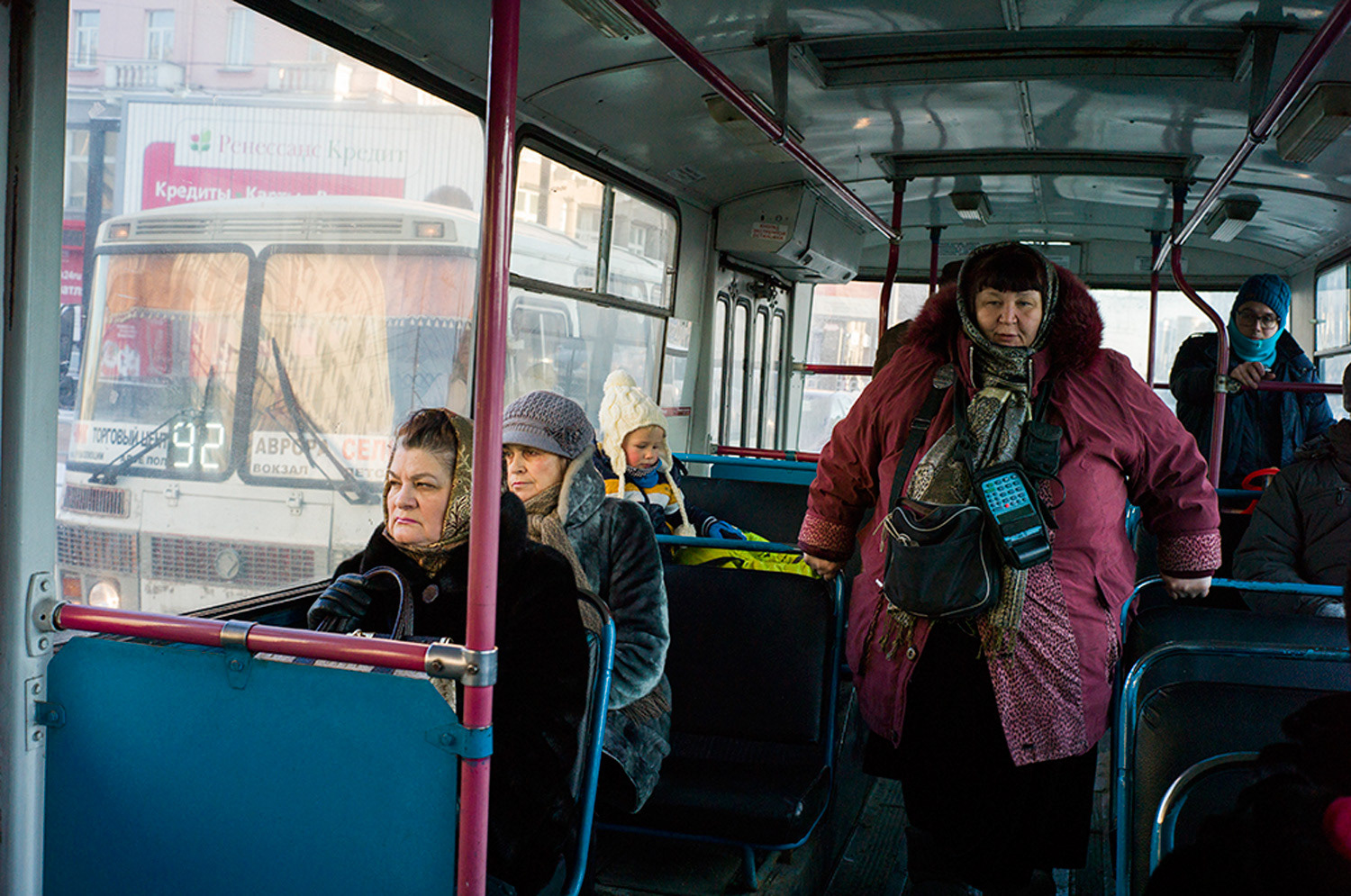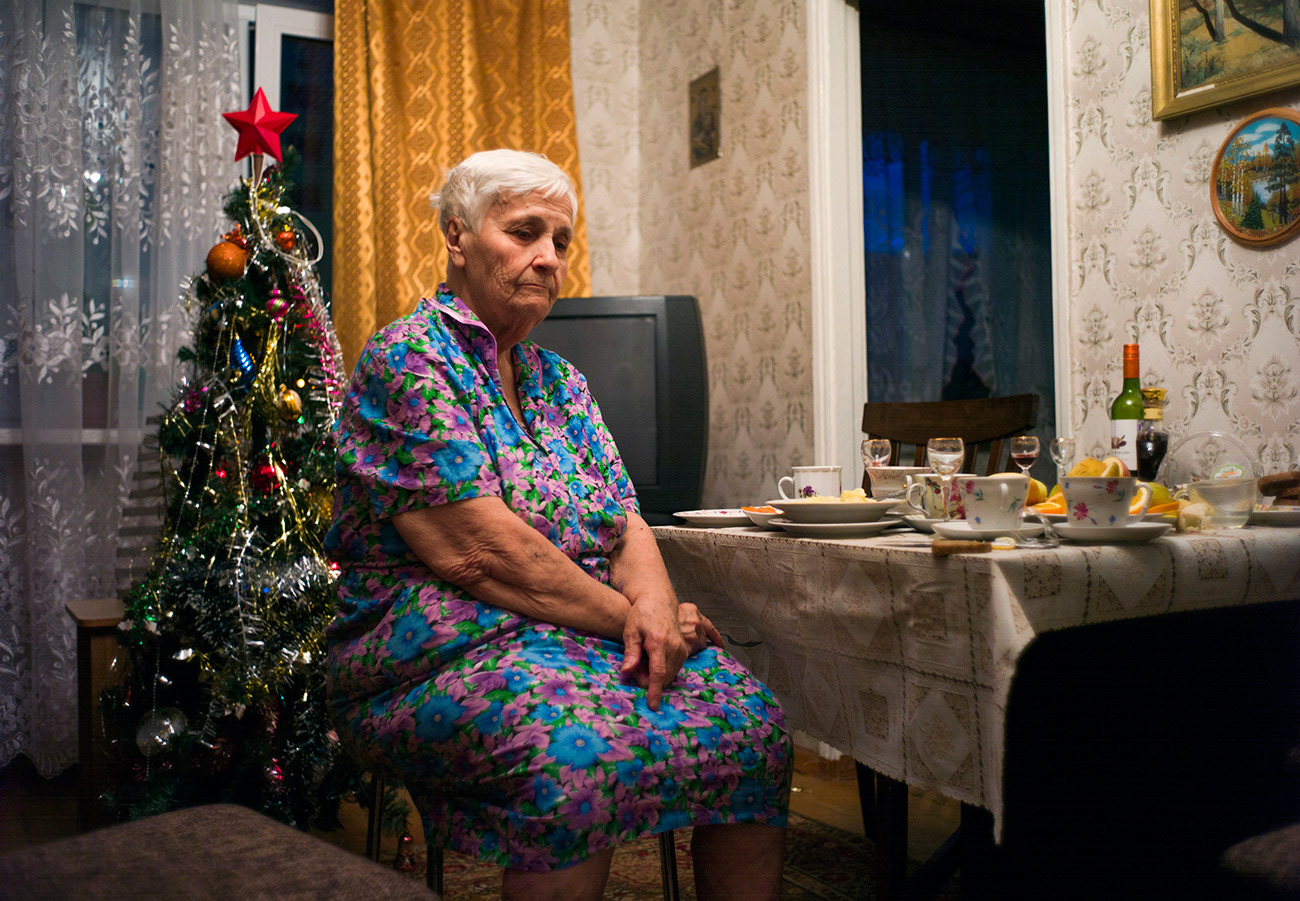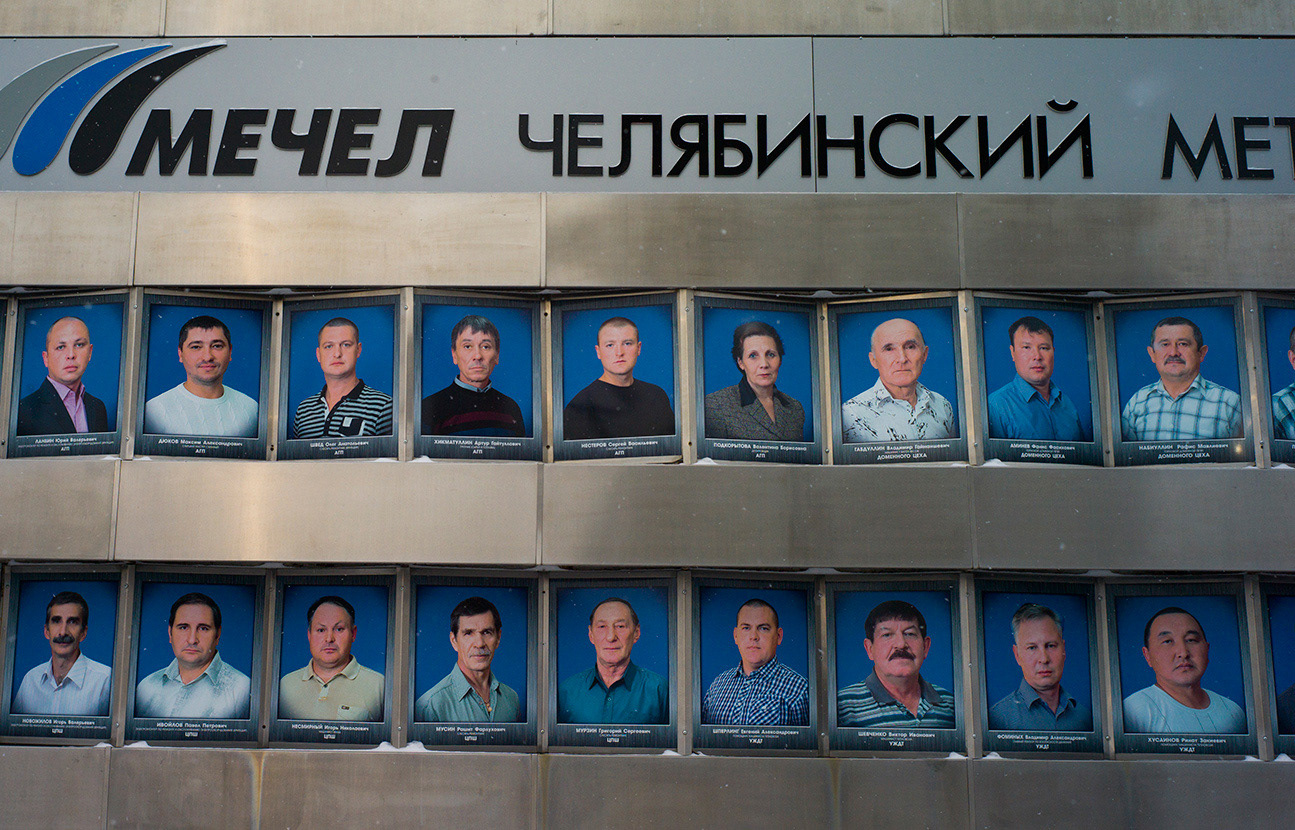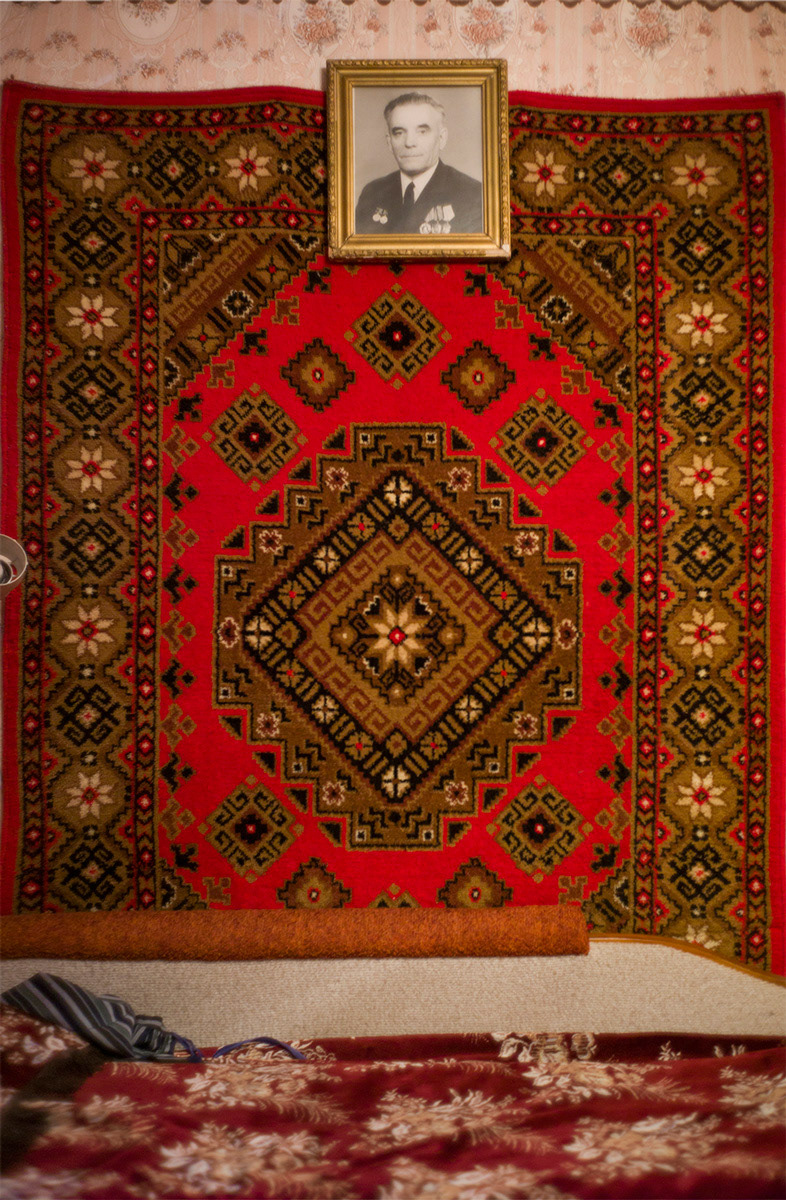This narrative delves into the lives of working-class women in Russia, shedding light on a unique aspect of the country's history. Russia holds the distinction of being among the pioneers in integrating women into the workforce, a trend that persists today as both men and women strive to maintain employment for as long as possible.
However, Russia faces a distinct gender demographic imbalance, largely influenced by cultural factors. The male population diminishes at a faster rate than the female population due to a combination of cultural and demographic reasons. By the time individuals reach the age of 50, there is a stark disparity between the numbers of men and women, with approximately twice as many women in this age group.
This demographic reality has tangible effects on societal dynamics. Notably, elderly couples are rarely spotted engaging in routine activities together. This stands in contrast to many other places, where such shared moments are commonplace.
Despite women's significant contribution to the workforce, they continue to encounter gender biases. The perception of women as the "weaker sex" lingers in workplace environments, perpetuating inequalities.
The broader backdrop against which these women navigate their lives is one of political and economic instability. The media plays a role in shaping public sentiment, often capitalizing on people's vulnerabilities. The constant influx of alarming forecasts and news stories adds to the pervasive sense of uncertainty. This environment fosters a lack of trust and an underlying fear of losing everything overnight, leaving individuals on edge about their future prospects.
In essence, this narrative illuminates the intricate interplay between historical roots, gender dynamics, economic fluctuations, and media influence, painting a vivid picture of the experiences of Russian working-class women in a complex and evolving landscape.
January 2014
